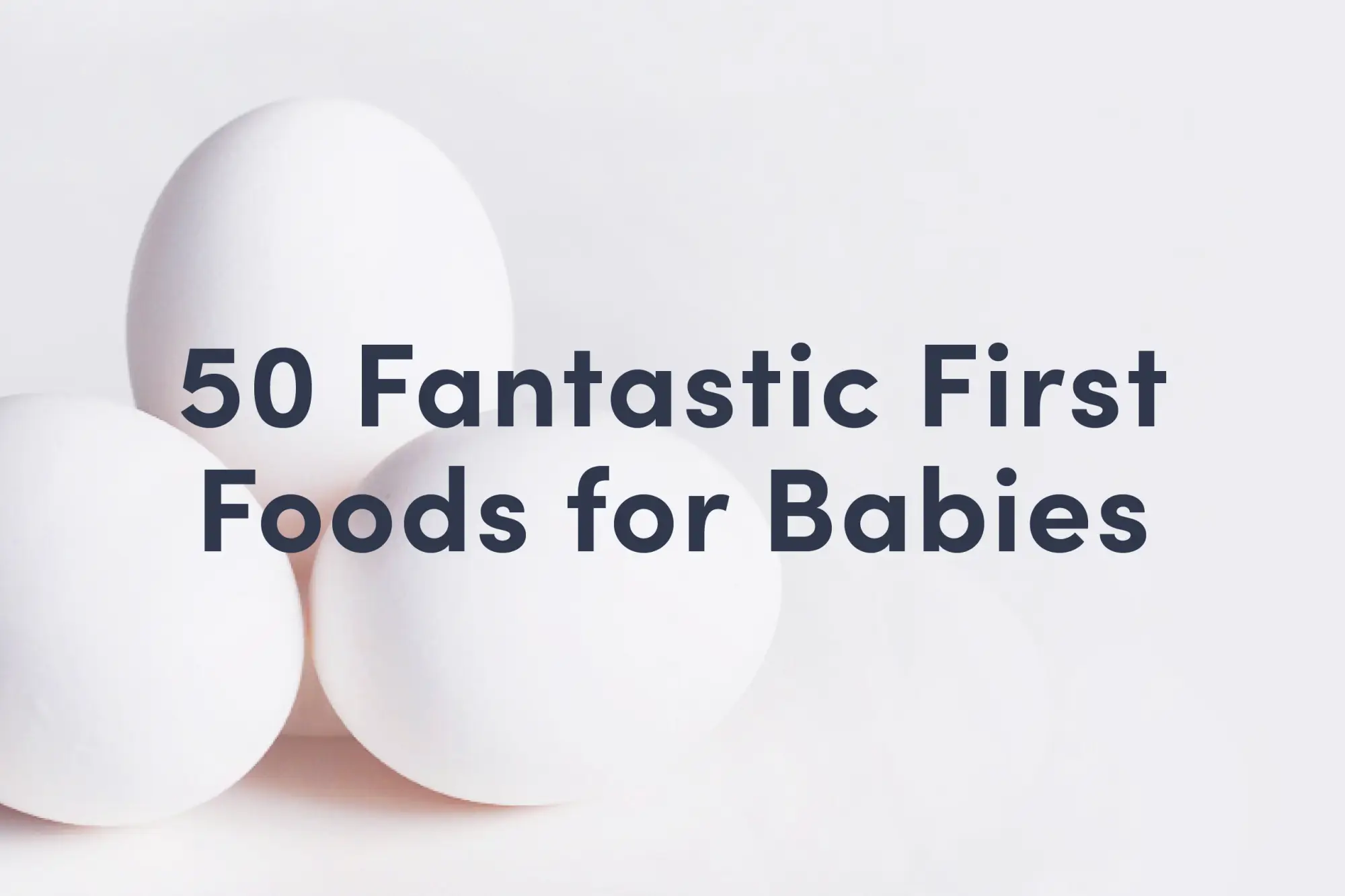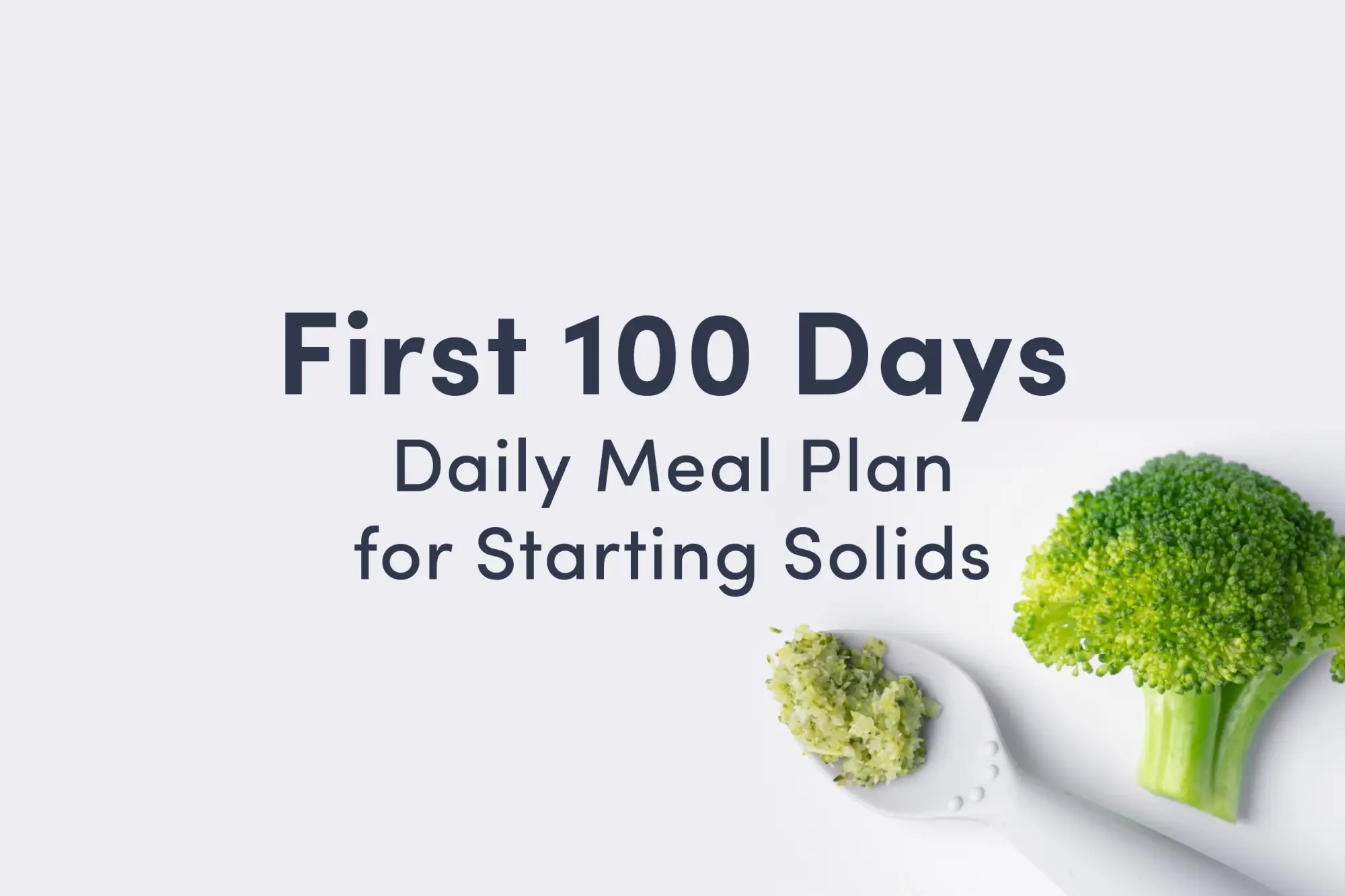Jalapeño Pepper
Vegetable
Age Suggestion
6 months
Iron-Rich
No
Common Allergen
No
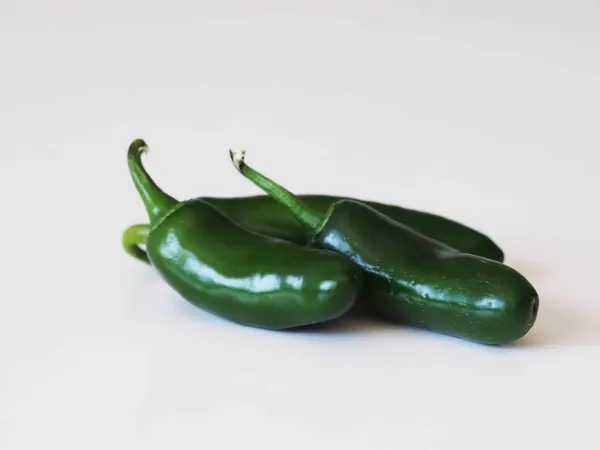
When can babies eat jalapeño peppers?
Jalapeño may be introduced as soon as baby is ready to start solids, which is generally around 6 months of age. However, you may want to wait until baby has tried a variety of other foods. Because chili peppers are often very hot and added to dishes, baby may get confused about which solid foods are always, inherently spicy and which aren’t. Note that jalapeño and other chili peppers can cause a harmless rash where they come into contact with skin and can also cause or worsen diaper rash and digestive upset.
Where do jalapeño peppers come from?
Jalapeño pepper and its dried form, chipotle, originated in the Americas, where they have been used to add bright, spicy flavor to moles, salsas, sopas, and other dishes for thousands of years. The name “jalapeño” comes from an early site of cultivation—the city of Xalapa in Mexico—and the name stuck as colonization and trade brought these flavorful peppers across the globe. Part of the wide-ranging family of chili peppers, jalapeños are often picked when still green and not fully ripe, but they can also be used when fully ripe and bright red. Ripe jalapeños are often smoked and dried to make chipotles.
Videos
Are jalapeño peppers healthy for babies?
Yes. While jalapeño peppers are not typically consumed in significant amounts, they do offer vitamin C to help support immunity and iron absorption, in addition to small amounts of fiber and vitamins A and E. They also contain antioxidants to aid the body’s resilience against stressors.
Contrary to popular belief, babies can enjoy big flavors, including hot peppers, but it is important to start with small tastes and adjust the spice level to suit the child. The goal is to avoid a negative experience from too much heat and to ensure that the child does not get confused about which foods are inherently spicy. To reduce the heat, remove the seeds and pith (veins that hold the seeds) and taste the food before offering to baby. If it seems too spicy, adjust the seasonings to mellow the flavor.
★Tip: Balance the heat by serving jalapeño alongside creamy foods like mashed avocado, plain yogurt, or an age-appropriate milk like breast/human milk, formula, or cow’s milk. Acidic or water-based foods and drinks can intensify the heat.
Are jalapeño peppers a common choking hazard for babies?
No. When finely chopped, jalapeño peppers are not a choking hazard, though their heat can make babies cough and salivate more (which can increase gagging). When sharing foods with hot peppers, serve baby’s portion with a creamy food like mashed avocado, plain yogurt, or an age-appropriate milk to balance the heat. As always, make sure you create a safe eating environment and stay within an arm’s reach of baby during meals. For more information on choking, visit our sections on gagging and choking and familiarize yourself with the list of common choking hazards.
Are jalapeño peppers a common allergen?
No. Allergies to jalapeño peppers are not common, but have been reported. Contact reactions (such as temporary rashes, eye irritation, respiratory difficulty, and digestive upset) to spicy peppers like jalapeños are frequently mistaken for allergic reactions. However, this is commonly due to the irritating qualities of capsaicin, the spicy component of jalapeño, and is not typically a true allergic reaction.
People who are allergic to latex or plant pollens may also be allergic to peppers, such as jalapeños, or experience Oral Allergy Syndrome (also known as pollen food allergy syndrome). Oral Allergy Syndrome typically results in short-lived itching, tingling, or burning in the mouth and is unlikely to result in a dangerous reaction. Cooking, canning, and/or peeling jalapeño pepper may help minimize and even eliminate the reaction.
Spicy foods like jalapeño peppers may cause a harmless rash around the mouth while baby eats or may cause or worsen diaper rash. Applying a thin layer of barrier cream or ointment—such as pure petroleum jelly or a plant-based oil/wax balm—to baby’s face and bottom can help prevent contact rashes.
As with introducing any new food, start by serving a small quantity for the first few servings, and watch closely for any signs of an allergic reaction. As time goes on, you can offer larger quantities as desired.
Do jalapeño peppers help babies poop?
No. Jalapeño peppers are not typically consumed in amounts that would impact baby’s pooping. However, jalapeño pepper can play a role in supporting baby’s rapidly developing gut microbiome (the bacteria and microorganisms in baby’s intestines), which can help support healthy digestion overall. That said, excess consumption of jalapeño peppers may cause digestive upset and possibly irritation in the diaper area when pooping due to the spiciness of the peppers, so start small when introducing any spicy food to baby. Remember that pooping patterns can vary significantly from baby to baby. If you have concerns about baby’s pooping and digestive function, talk to your pediatric healthcare provider.
How do you prepare jalapeño peppers for babies with baby-led weaning?
Every baby develops on their own timeline, and the suggestions on how to cut or prepare particular foods are generalizations for a broad audience.
6 to 8 months old:
Let baby taste a scant amount of your food that contains finely chopped jalapeno, but consider waiting until baby is a little older to regularly offer very spicy dishes. At first, the goal is to help baby make the connection that food is enjoyable, not painful. Second, we want baby to understand what a wide variety of foods taste like independent of the spice. When you decide to let baby try a food with hot pepper, balance the heat by serving it alongside a creamy food like mashed avocado, plain yogurt, or an age-appropriate milk.
9 to 11 months old:
Stir a small amount of finely chopped jalapeño pepper (raw or cooked) into foods to share with baby like chili, guacamole, or salsa. If you would like to reduce the heat, discard the seeds and pith (veins that hold the seeds), as they contain higher concentrations of capsaicin. Have on hand a creamy food like avocado or plain yogurt to help offset any fiery sensation from the hot pepper. Watch baby’s hands—many children at this age rub their faces and eyes while eating, so try to intervene before they introduce jalapeño into their eyes.
12 to 17 months old:
Cut raw or cooked jalapeño into thin strips or semi-circles, or continue to finely chop and stir into the child’s meals. Removing the membrane and seeds from inside the jalapeño can help reduce the heat, if desired. At this age, you can also serve foods containing pickled jalapeño (cut into semi-circles or chopped). Serve with creamy or dairy-based foods, or a small cup of milk, to help the child manage the heat. If a child is not accustomed to spicy food, let them know to expect big flavor before they bite into the dish.
18 months old and up:
Offer raw or cooked jalapeno pepper cut into thin circles as a topping for bean chili, scrambled eggs, tacos, and more. At this age, many toddlers are ready to take bites from larger pieces or whole foods. When you feel the child is ready, you can try serving a whole, cooked jalapeño—just remove the stem first, if it was cooked with the stem intact. Serve with dairy or another fatty food to help the child manage the heat, and let the child know that the dish may be spicy before they take a big bite.
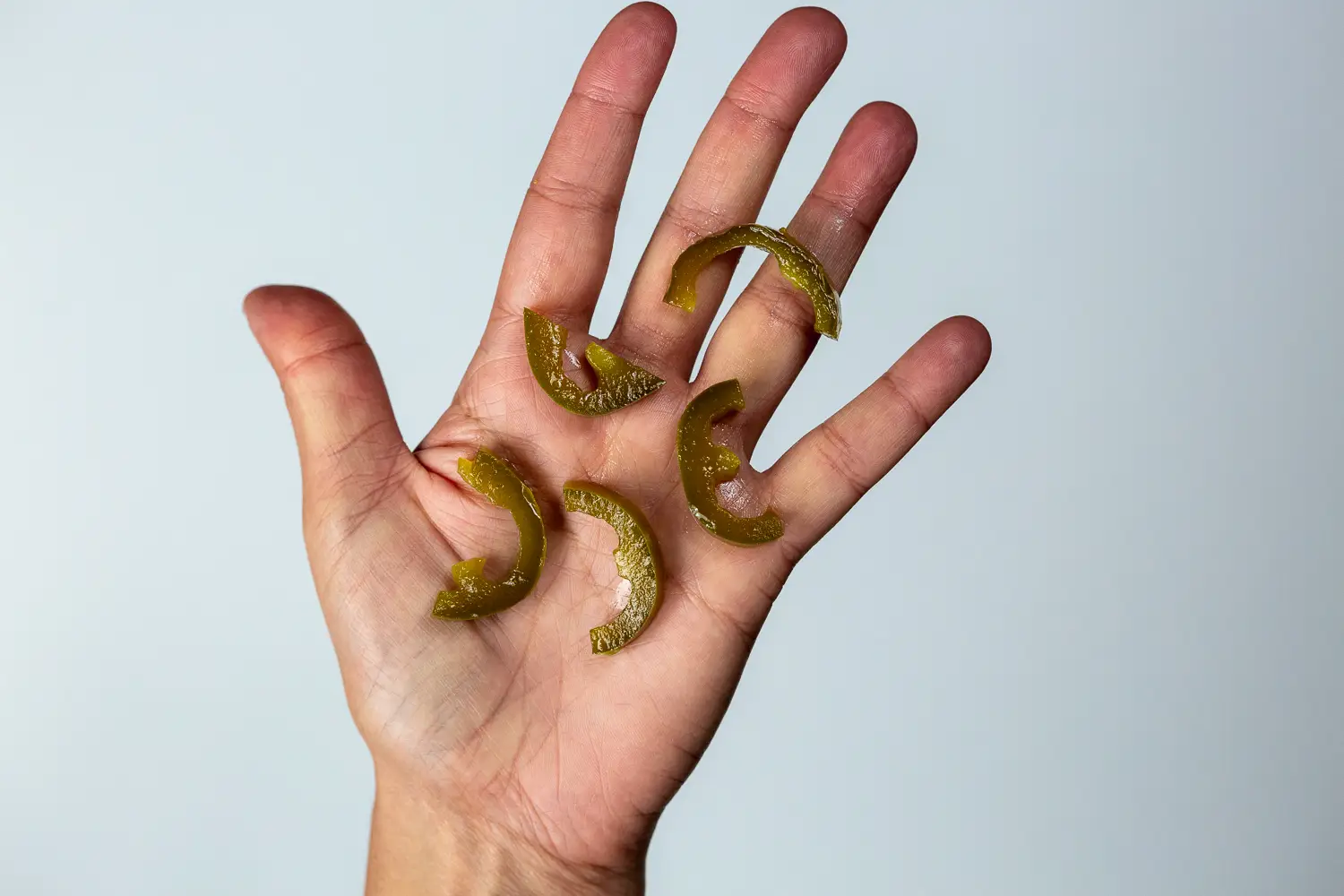
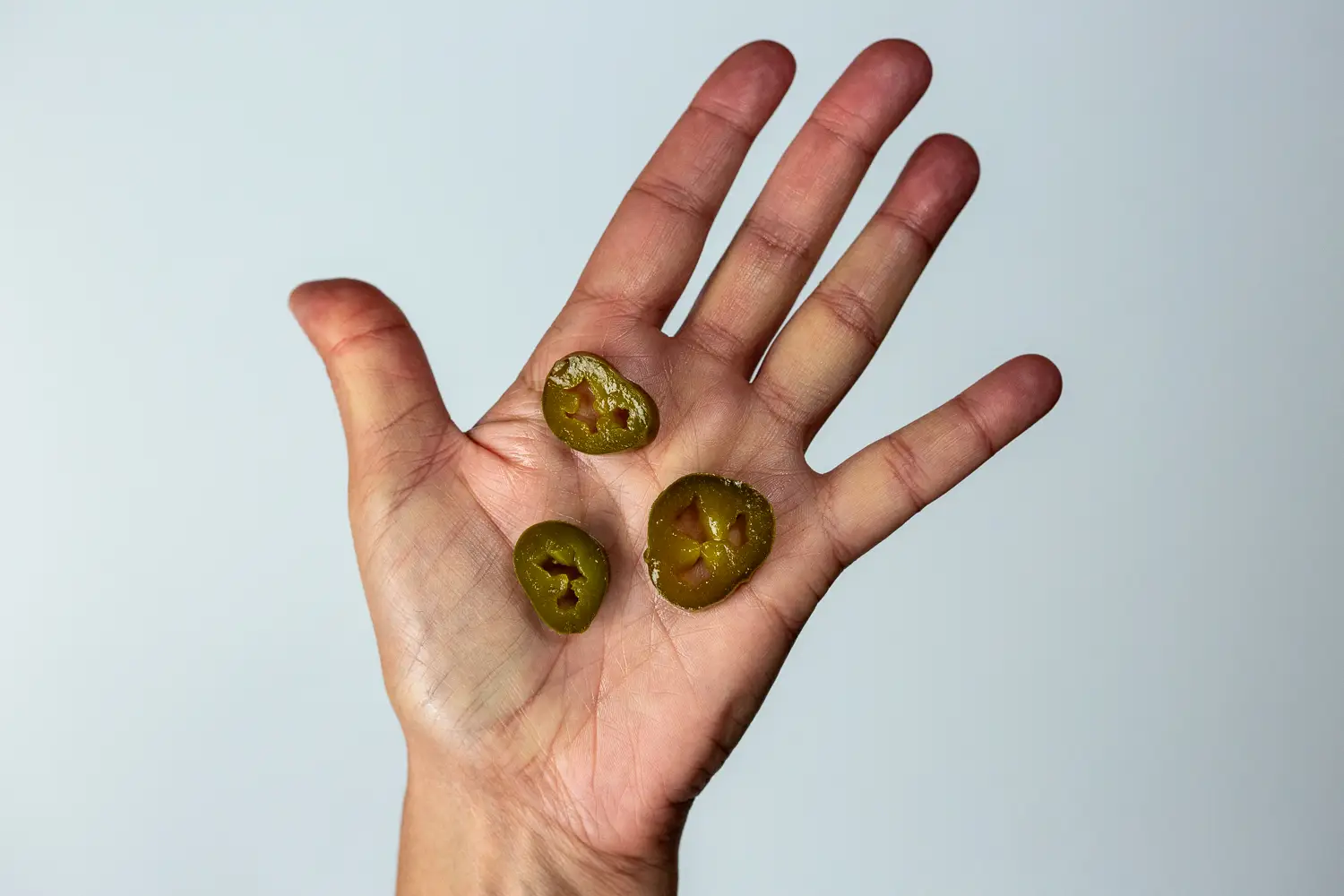
Check out our 100 Dinners for Babies and Toddlers for family-friendly recipes that are easy to make.
Written by
Expert Tips Delivered to Your Inbox
Sign up for weekly tips, recipes and more!
The content offered on SolidStarts.com is for informational purposes only. Solidstarts is not engaged in rendering professional advice, whether medical or otherwise, to individual users or their children or families. No content on this site, regardless of date, should ever be used as a substitute for direct medical advice from your doctor or your medical or health professional, nutritionist, or expert in pediatric feeding and eating. By accessing the content on SolidStarts.com, you acknowledge and agree that you are accepting the responsibility for your child’s health and well-being. In return for providing you with an array of content “baby-led weaning” information, you waive any claims that you or your child may have as a result of utilizing the content on SolidStarts.com.

